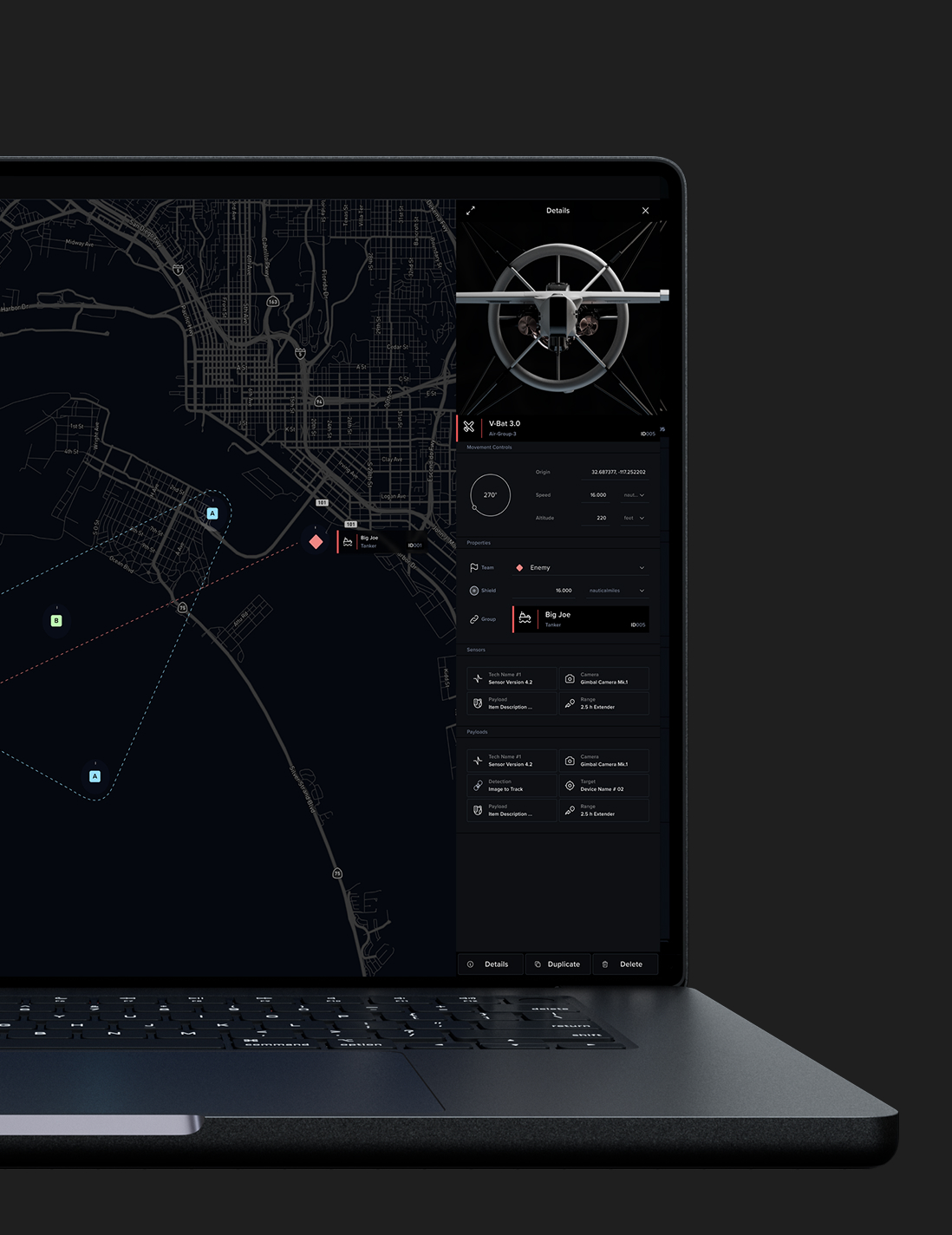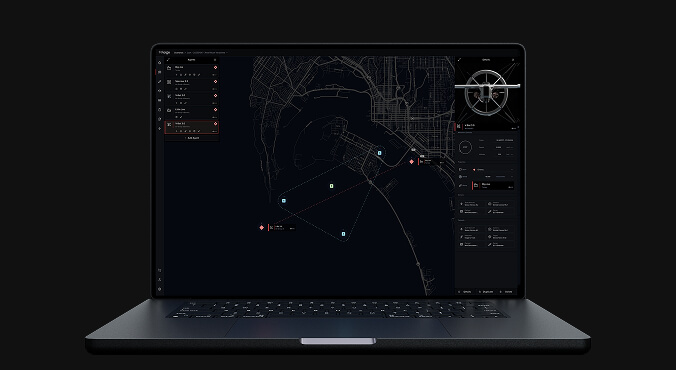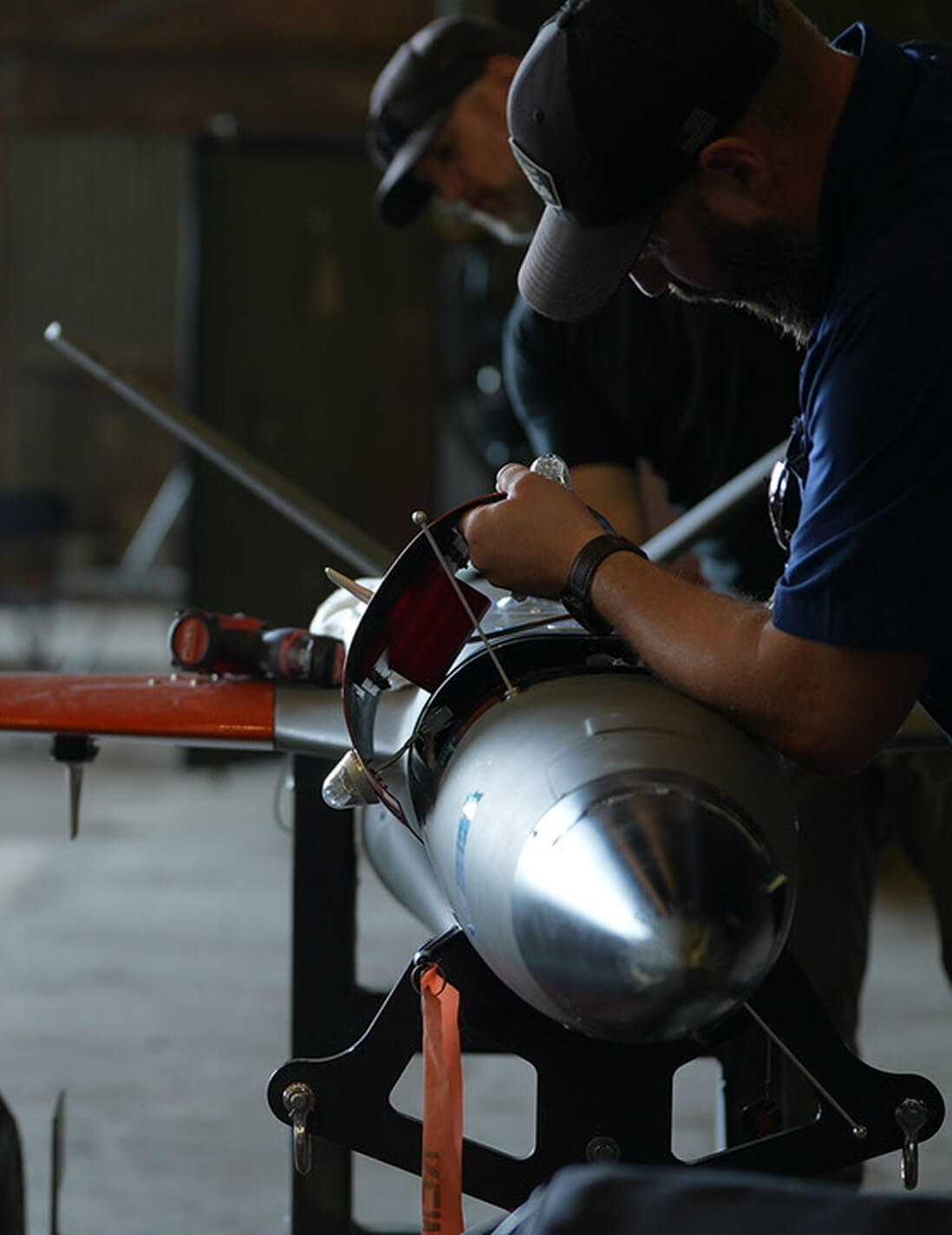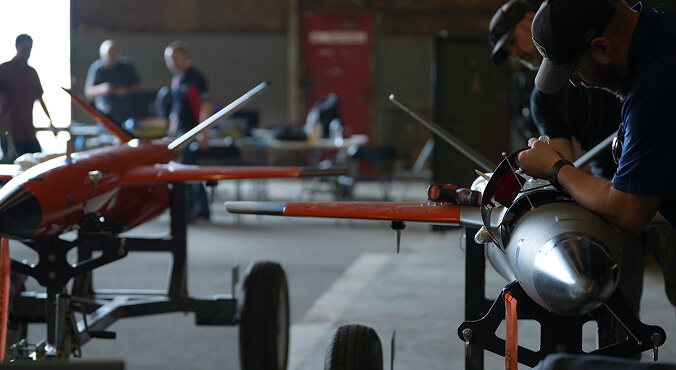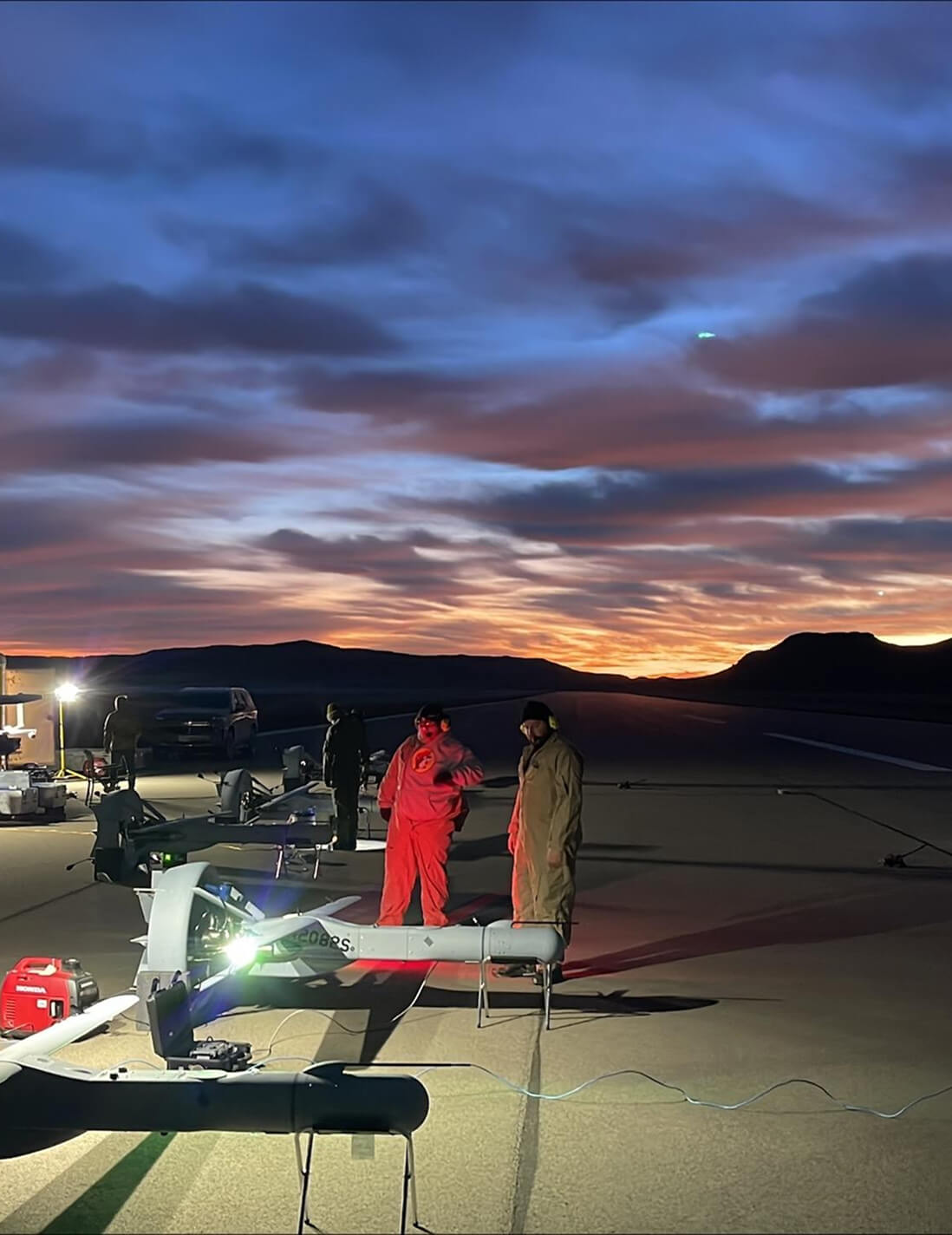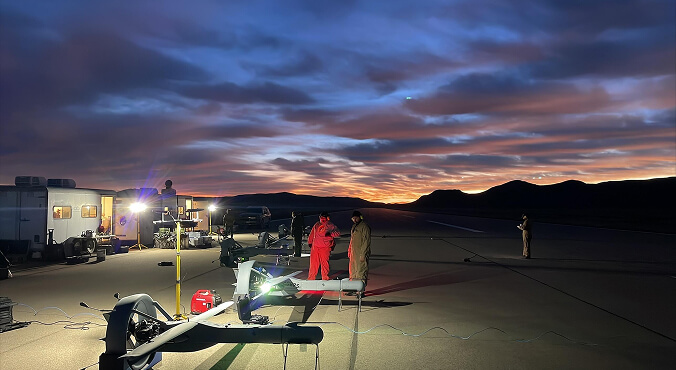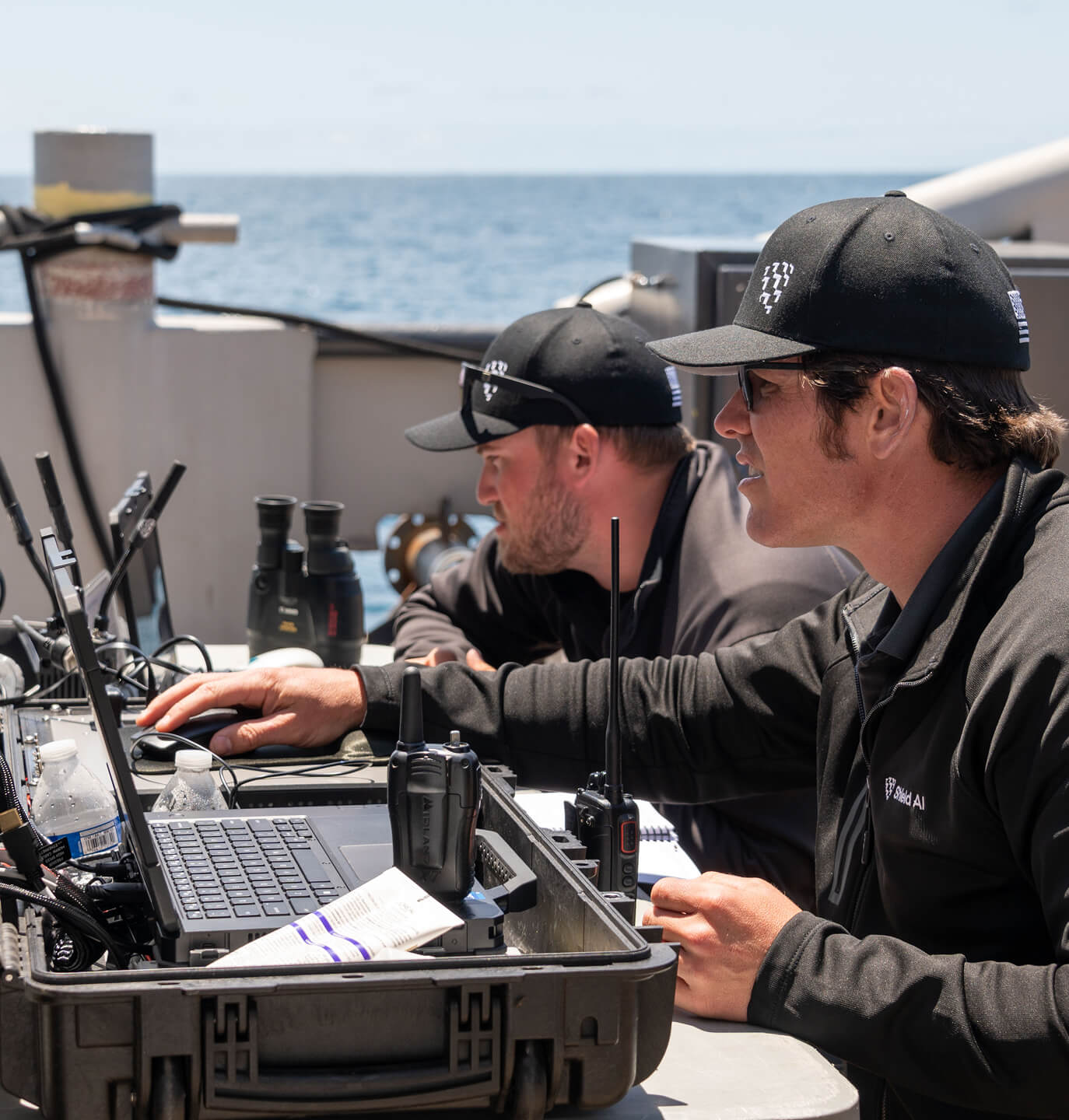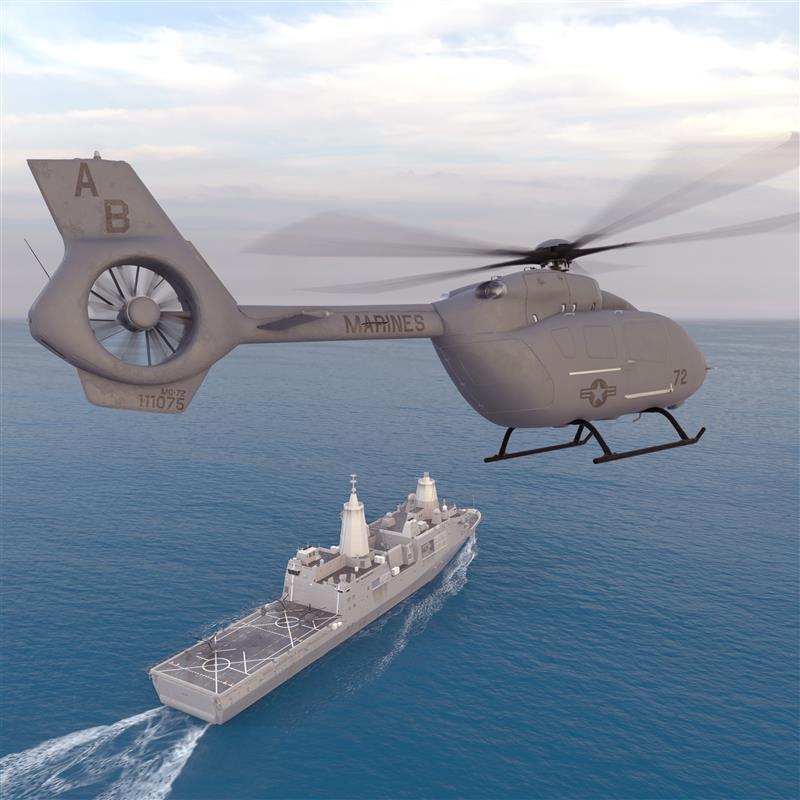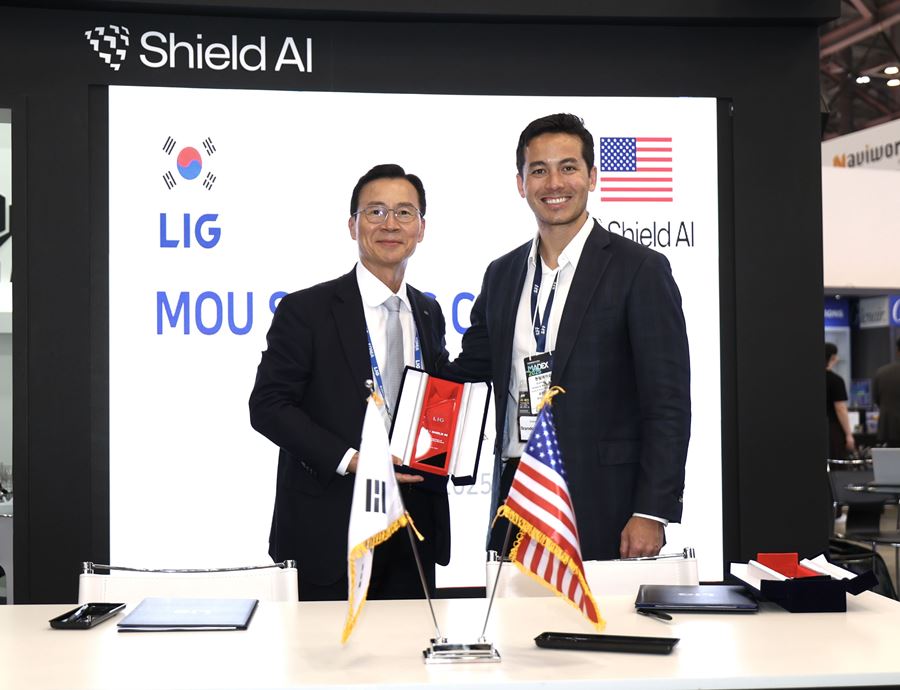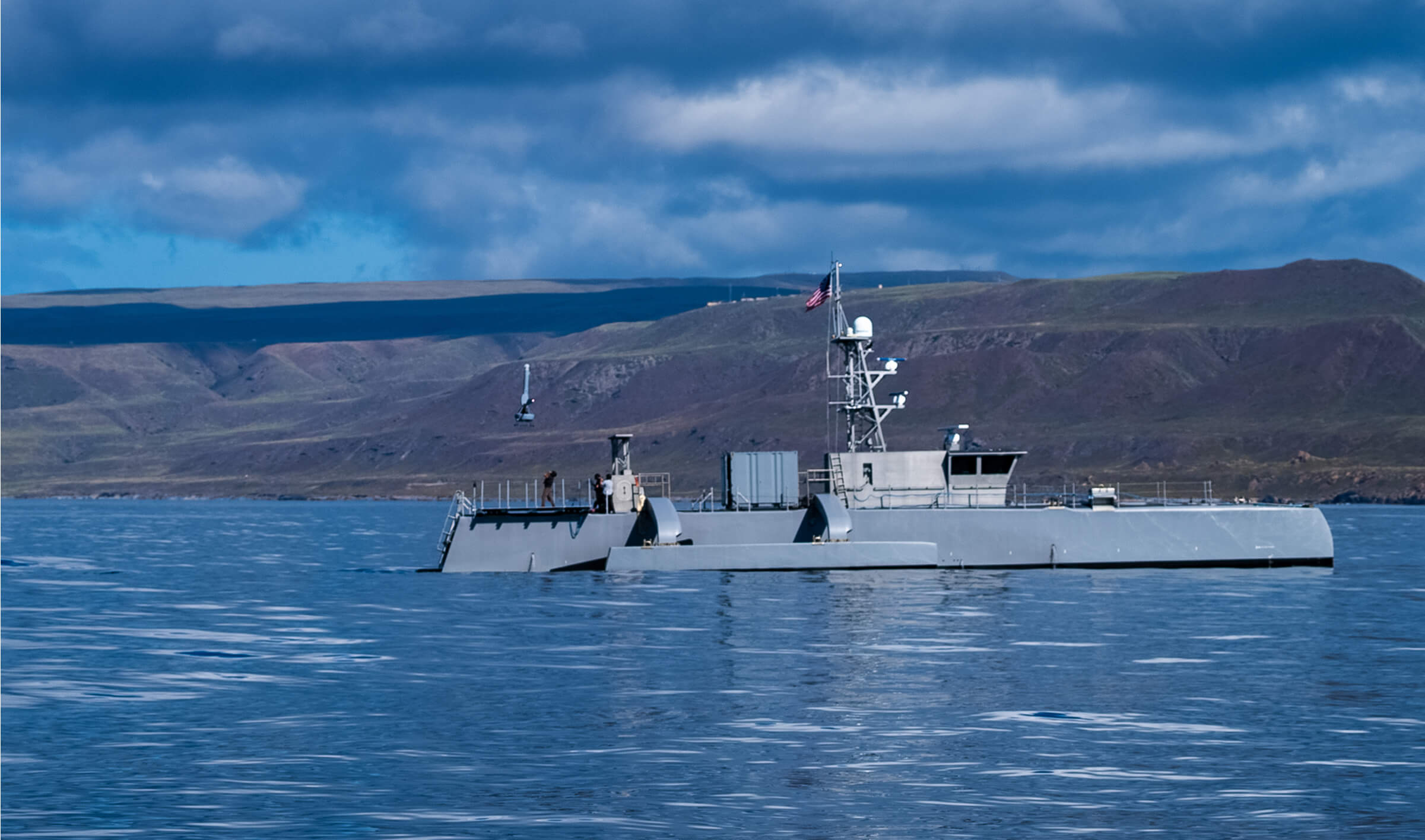[May 14, 2025]
Shield AI + Palantir: Mission Autonomy and C2 Working as One
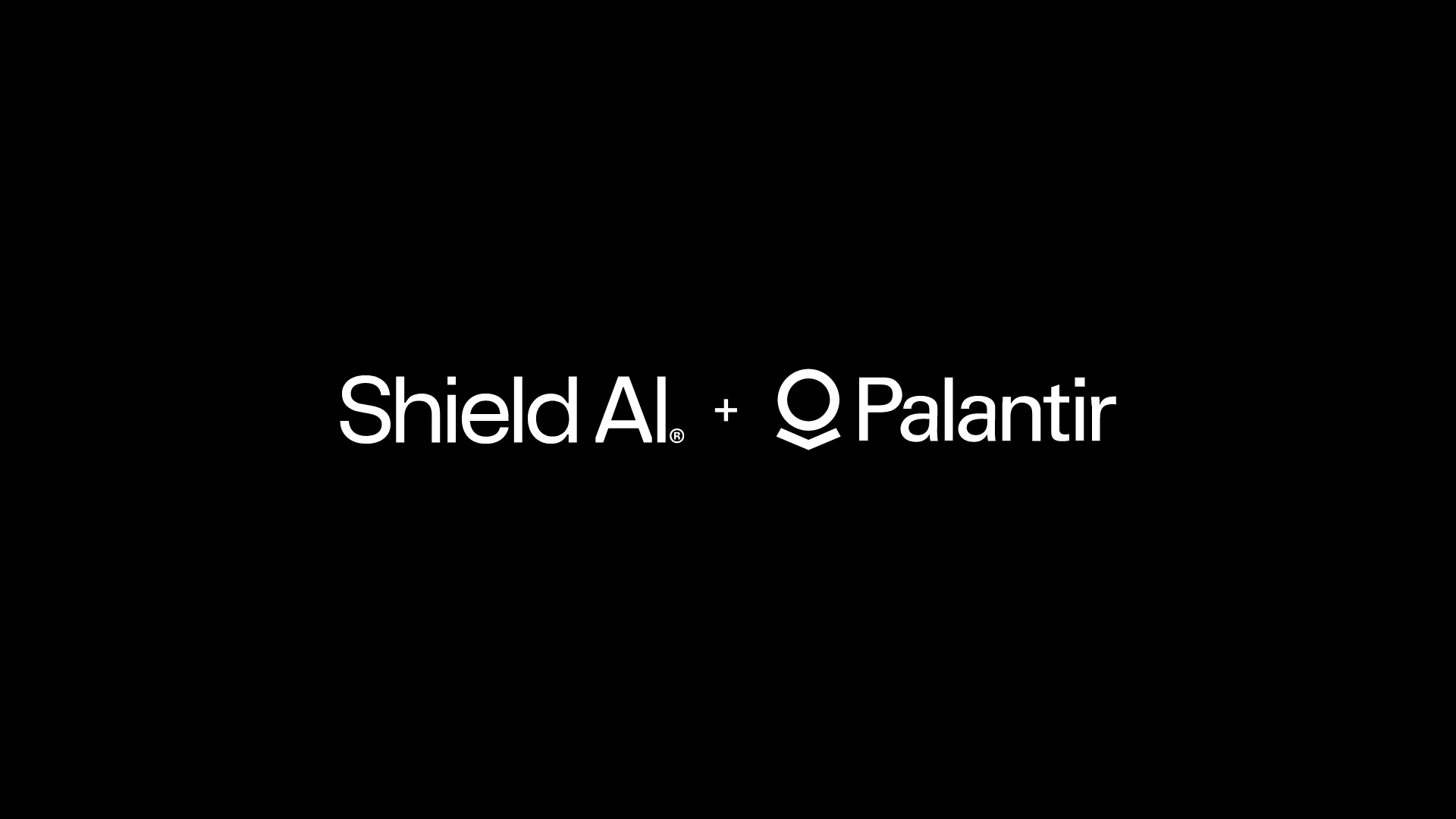
Shaping the Future of ISR in INDOPACOM—Autonomy, Interoperability, and Mission-Driven Integration
BY SAURAV AGARWAL
As the global security environment shifts, the Indo-Pacific theater has emerged as a focal point for strategic competition and military innovation. With vast maritime territory, contested zones, and emerging peer threats, the region presents some of the most complex challenges for joint force commanders and decision-makers. In this new era, operational success depends not just on advanced platforms—but also on the ability to make sense of vast amounts of sensor data, coordinate across domains, and ultimately action against the adversary.
At Shield AI, we are committed to building intelligent systems that enable this kind of decision dominance. Our autonomy stack, powered by the Hivemind SDK, is designed to integrate seamlessly with the broader defense ecosystem—ensuring that AI-enabled platforms don’t operate in isolation, but rather as part of a coherent kill web. Recent efforts have focused on enabling this kind of integration in mission environments representative of INDOPACOM—where small forward-operating teams need reliable, sovereign autonomy and full-spectrum interoperability with Command & Control (C2) platforms like Palantir’s. software.
A Mission-Ready Use Case: Maritime ISR and Target Development in the Western Pacific
Consider a scenario increasingly common in INDOPACOM: a gray-zone incursion by an unidentified maritime vessel, operating in contested waters near the Philippine archipelago. A U.S. partner nation or allied command post is monitoring the area using Palantir’s battle management suite—receiving feeds from distributed sensors and maintaining geospatial awareness over a designated maritime security zone.
Upon detection of the vessel’s entry into this monitored zone, an adjacent SOF element—equipped with a Group 3 UAV, our Multi-INT V-BAT—launches to gain positive identification. Shield AI’s autonomy stack, Hivemind, powers the onboard intelligence, enabling the aircraft to operate in degraded GPS and comms environments, autonomously collect FMV and associated intelligence, and stream KLV metadata to ground systems in real time.
The sensor data is ingested directly into the Palantir Platform, where it is fused, visualized, and flagged for analysis. From there, operators use Target Workbench to review and triage the contact—tagging it, assigning confidence, and collaborating with upper echelons on potential courses of action. Once a course is selected, Hivemind enables the rapid execution of that decision, transforming intelligence into action by directing autonomous systems to track, monitor, or strike as needed.
This is not a futuristic concept. It’s a real, operationally relevant workflow that our teams at Shield AI and Palantir are enabling today—with fielded systems, mature autonomy, and extensible software frameworks that support rapid integration across the kill chain.
The Foundation: Hivemind SDK
The engine behind this capability is the Hivemind SDK—a platform-agnostic autonomy software development kit that provides developers with the libraries, simulation tools, integration scaffolds, and Verification & Validation workflows needed to build and deploy high-performance autonomy, at scale and rapid pace.
Rather than developing autonomy from scratch for each platform or mission, the Hivemind SDK allows teams to reuse robust behaviors, build modular configurations, and accelerate timelines for fielding intelligent systems. It has been employed across a spectrum of platforms—from indoor quadcopters like Nova 2, a Group 1 aerial platform, to Group 3 UAVs like V-BAT, and up to jet-powered Group 5 aircraft like the General Atomics MQ-20 Avenger.
For customers in INDOPACOM and other theaters, the SDK’s value lies in its flexibility: the ability to tailor autonomy to platform-specific sensors, mission-specific workflows, and environment-specific constraints—without sacrificing rigor or traceability.
Closing the Loop: C2 Interoperability with Palantir
Interoperability doesn’t end at the platform. To truly scale intelligent systems across the force, autonomy must plug into existing mission systems—providing shared context to human operators and enabling collaborative kill chains and rapid decision-making ability.
That’s why Shield AI has partnered with Palantir to ensure that Hivemind-enabled platforms integrate cleanly with the company’s battle management software. Through joint integration efforts, we’ve ensured that systems like Gaia and the Maven Smart System can ingest real-time telemetry, display autonomy tasking in intuitive map-based UIs, and enable command elements to review, adjust, or prosecute targets using tools like Target Workbench.
In the maritime, ISR real-world scenario described above, this interoperability is what closes the loop—from edge collection to cloud-based decision support. Autonomy and human decision-making, working together.
Toward a Future of Integrated, Trusted Autonomy
As we look ahead, Shield AI is committed to fielding more integrated, more intelligent, and more adaptable autonomous systems—ones that can operate in denied environments, deliver mission-critical data to human operators, and support the joint forces’ evolving needs in high-stakes theaters like INDOPACOM. In an era where data makes decisions, our goal is to ensure that autonomous systems and their ecosystems can collect, process, and act on information faster and more effectively than ever before.
The technology is here. The workflows are proven. And partnerships—like ours with Palantir—are accelerating what’s possible. In the coming years, as autonomous systems become more prevalent across sea, air, and land, one thing is clear: they must not be isolated. They must be part of a larger system-of-systems—synchronized with command-and-control platforms, verifiable through rigorous simulation and testing, and designed for the realities of tomorrow’s fight.
That’s the vision we’re building and one we’re proud to bring to missions around the world.
About the Author
Saurav Agarwal is the Director of Customer Engagement (Customer Success & Applications Engineering) at Shield AI, where he leads global efforts to ensure Hivemind customers achieve mission success. With over a decade of experience in AI, robotics, SaaS, and industrial automation, Saurav is a seasoned business executive and two-time startup founder. Previously, he founded SIERA.AI, where he raised $7M in venture capital, built a team of 30 across two continents, and launched successful AI and robotics products with over 60 enterprise customers. Saurav holds a Ph.D. in Robotics from Texas A&M University, specializing in autonomous navigation. He also writes The Persistent Founder, a newsletter offering strategies and insights to help founders scale their businesses. In his free time, he is learning to fly (currently in the Cessna Skyhawk) and enjoys playing guitar.
